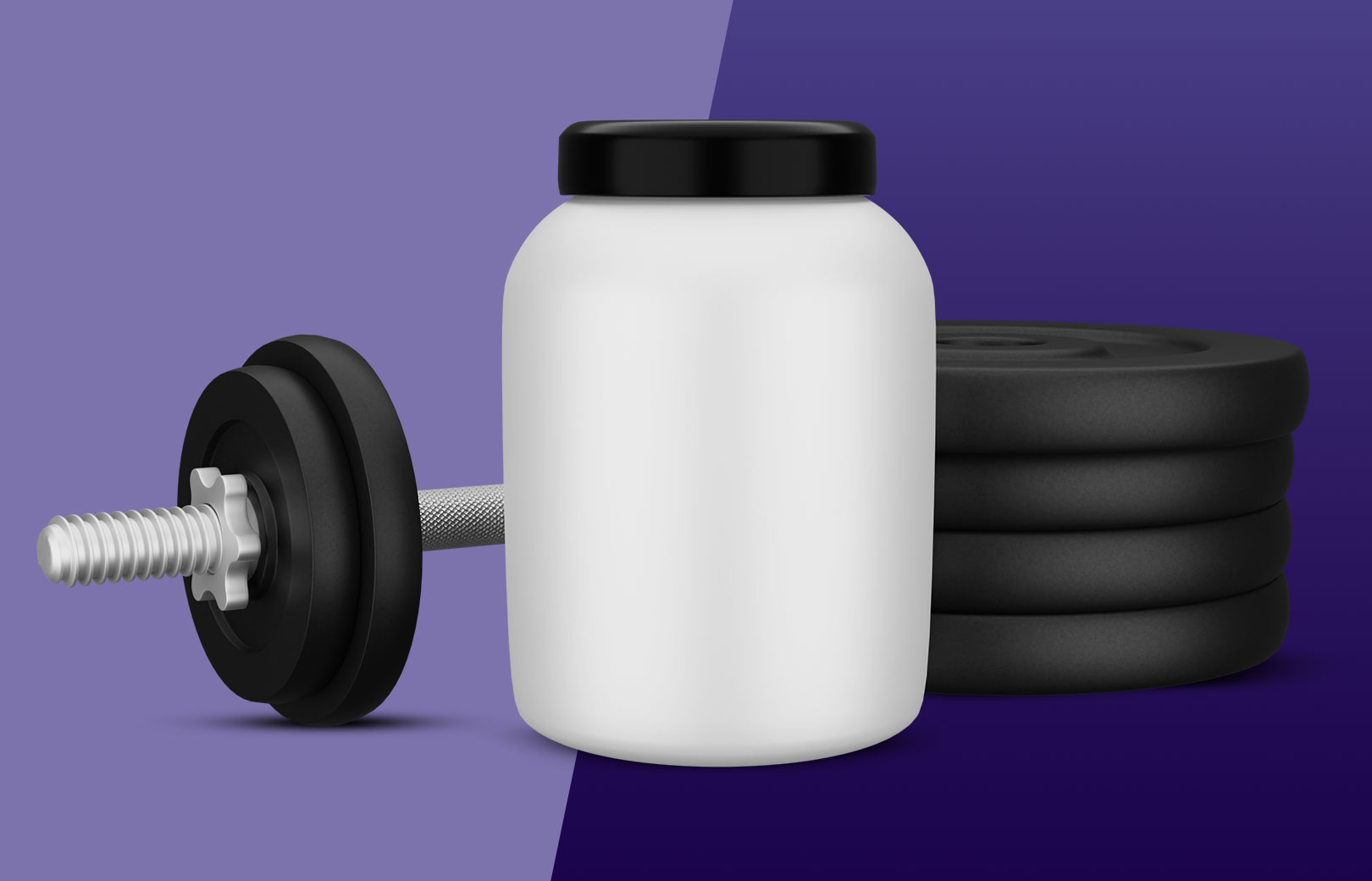Introduction
Reaching fitness goals takes more than sheer determination—it requires a workout routine that continually challenges the body. Yet, one common question many people face is whether they need to switch up their workout to see lasting progress. While consistency is key, varying your workout is equally essential to avoid plateaus, boost motivation, and achieve well-rounded fitness. This article explores why workout variation is crucial for optimal results and provides strategies to add variety while staying on track with your goals.

1. What Does It Mean to Vary Your Workout?
Varying your workout means incorporating different exercises, techniques, or intensities into your routine. Instead of doing the same set of exercises daily or weekly, you might rotate through various types of workouts, such as strength training, cardiovascular exercises, flexibility routines, and mobility work. Varying workouts can also mean adjusting the order, duration, or intensity of exercises to keep the body guessing and prevent it from adapting too comfortably.
For example, a workout regimen that mixes resistance training, aerobic exercises, and yoga incorporates variety. Each component targets different aspects of fitness, helping improve strength, endurance, flexibility, and balance. This diversity provides a balanced approach to health while supporting steady, ongoing improvements.
2. The Role of Adaptation in Fitness
The concept of adaptation is central to understanding why workout variation matters. When you exercise, your body responds by adapting to the specific stress you’re applying. Initially, this adaptation process leads to noticeable improvements in strength, speed, or endurance. However, as your body becomes accustomed to a particular exercise or routine, these improvements plateau. Without new challenges, progress stalls, leading to what is commonly known as a fitness plateau.
Changing your workout forces the body to adapt to new types of stress. This continuous adaptation cycle helps prevent stagnation, encouraging the body to become stronger, faster, or more flexible over time. By varying exercises, you can keep muscles and cardiovascular systems challenged, maintaining a steady progression.
3. Benefits of Varying Your Workout Routine
3.1 Preventing Plateaus
A fitness plateau can be discouraging, especially when progress suddenly slows or halts. Adding variety to your workout keeps your muscles guessing, prompting new growth or performance gains. For instance, if you’ve been doing the same weightlifting routine, switching up the exercises or incorporating interval training can trigger new adaptations and help overcome plateaus.
3.2 Improved Physical Results
Different types of workouts yield unique physical benefits. Strength training builds muscle, while cardio boosts cardiovascular health. Flexibility training enhances joint mobility. By mixing these types, you can achieve well-rounded physical results, from increased muscle definition to improved endurance and flexibility. For example, adding high-intensity interval training (HIIT) to your regimen is an effective way to burn fat while boosting heart health.
3.3 Increased Motivation and Engagement
The excitement of trying something new can keep you motivated and engaged. Sticking to the same routine can lead to boredom, reducing your enthusiasm and possibly your commitment to regular workouts. Changing exercises or trying new classes, like spin or yoga, can reignite your passion for fitness and keep your routine enjoyable.
3.4 Better Overall Fitness and Functionality
Varied workouts ensure balanced fitness, benefiting both performance and daily functionality. A regimen that includes strength, cardio, and flexibility not only enhances athletic performance but also improves activities of daily living, such as lifting objects, running errands, or climbing stairs. This all-encompassing approach to fitness helps you maintain physical independence and lowers the risk of injuries.
4. Types of Workout Variations
4.1 Strength Training Variations
In strength training, varying exercises is essential for continuous muscle development. Changing the number of repetitions, adjusting the weight, or targeting different muscle groups keeps workouts challenging. Techniques like supersets (performing exercises back-to-back without rest) or progressive overload (gradually increasing weight) can significantly boost strength and endurance.
4.2 Cardiovascular Exercise Variations
Cardio doesn’t have to mean endless jogging on a treadmill. Mixing steady-state cardio with interval training (alternating high-intensity bursts with recovery periods) can improve cardiovascular health and increase calorie burn. Different forms of cardio, like cycling, rowing, or swimming, can target various muscle groups while keeping the heart rate up.
4.3 Flexibility and Mobility Work
Incorporating flexibility work, like stretching or yoga, is often overlooked but essential for muscle recovery and injury prevention. Dynamic warm-ups, foam rolling, and static stretching improve mobility and help the muscles and joints perform efficiently. This variation in exercise is especially beneficial for those who feel stiff or sore from repetitive strength and cardio workouts.

5. Signs You May Need to Change Your Workout
5.1 Hitting a Plateau
If you notice your progress slowing, it could indicate a fitness plateau. This stagnation is often a sign that your body has fully adapted to the current workout, and it’s time to switch things up. Regularly assessing your progress can help you recognize these signs and adjust accordingly.

5.2 Boredom and Lack of Motivation
Boredom is a mental plateau that can be just as detrimental as a physical one. If workouts feel more like a chore, it might be time for a change. Trying new classes or setting new goals can refresh your mindset and re-engage you with your fitness routine.
5.3 Decreased Physical Performance
If your strength, speed, or endurance is waning, it may be due to the monotony of your current routine. This decrease can signal that your body has become too accustomed to your workout, and varying your exercises could help reignite performance gains.
6. Common Mistakes When Varying Workouts
While variation is beneficial, too many changes can lead to inconsistency and lack of progress. It’s essential to find a balance between challenging your body and allowing it to adapt. Switching routines too frequently can prevent the body from fully benefiting from any one type of workout. Aim for gradual changes rather than overhauling your workout every week.
7. Tips for Effectively Varying Your Workout Routine
The key to successful workout variation lies in balancing types of exercises. Consider strategies like periodization, which involves scheduling different training phases, or cross-training, where you incorporate multiple types of workouts within a week. These methods allow for a structured yet diverse approach that promotes continued adaptation while minimizing overtraining.
8. The Role of Rest and Recovery in Workout Variation
Rest days are crucial to avoid overtraining and support muscular adaptation. Active recovery, such as light stretching or walking, helps muscles repair and grow stronger. By listening to your body and incorporating rest, you allow the gains from your varied workouts to solidify, reducing the risk of injury and burnout.
Conclusion
Varying your workout is essential to achieving sustained progress, preventing plateaus, and maintaining motivation. By diversifying your exercise routine, you ensure your body is continually challenged, leading to more well-rounded fitness results. Whether it’s switching between cardio, strength, or flexibility work, adding variety keeps workouts effective, enjoyable, and tailored to evolving fitness goals. So, assess your current routine, and consider mixing things up—you’ll likely find that the change is exactly what you need to keep progressing on your fitness journey.
FAQs
- How often should I change my workout routine?
Most experts suggest adjusting your routine every 4-6 weeks to prevent plateaus and keep your body challenged. - Is it necessary to vary my workout if I’m seeing progress?
If you’re still progressing, you may not need a drastic change, but incorporating slight variations can prevent future plateaus. - What are some beginner-friendly ways to vary workouts?
Beginners can start by adding different exercises within the same category, such as mixing free weights with machines or alternating cardio methods. - Can workout variation help with weight loss?
Yes, varying workouts like adding interval training can increase calorie burn, helping with fat loss and body composition goals. - How do I know if I’m varying my workouts too much?
If you’re not seeing consistent progress or feel overly fatigued, you may be changing routines too often. Gradual changes are often more effective.
For more related topics :







